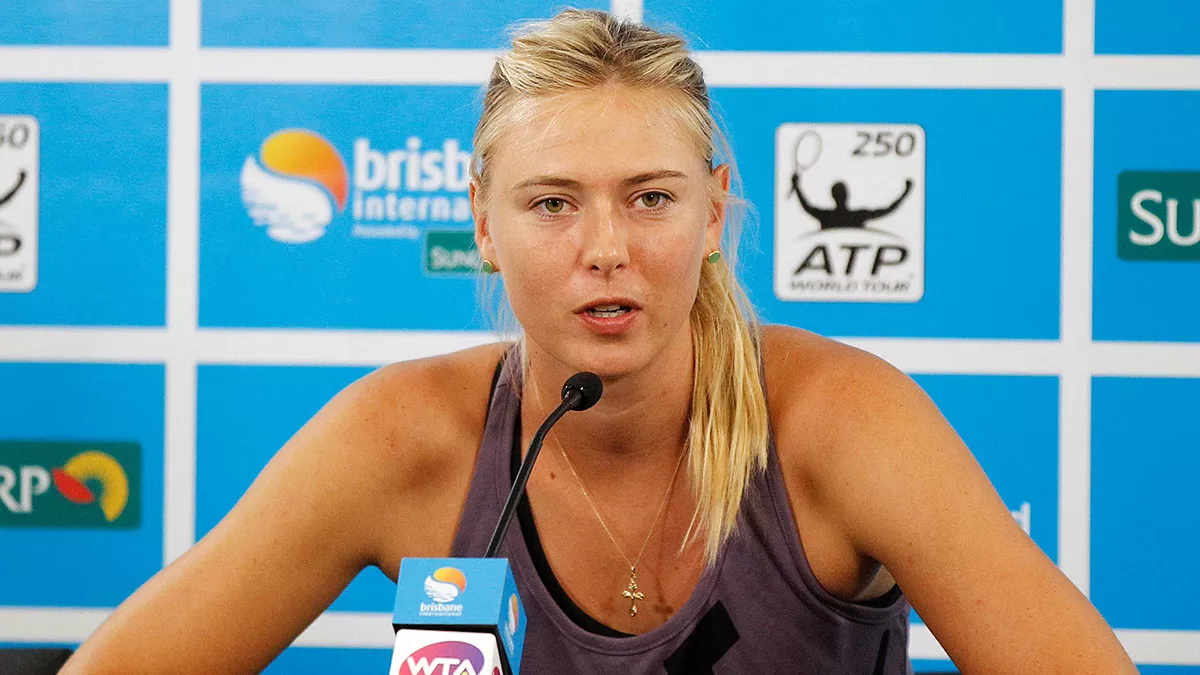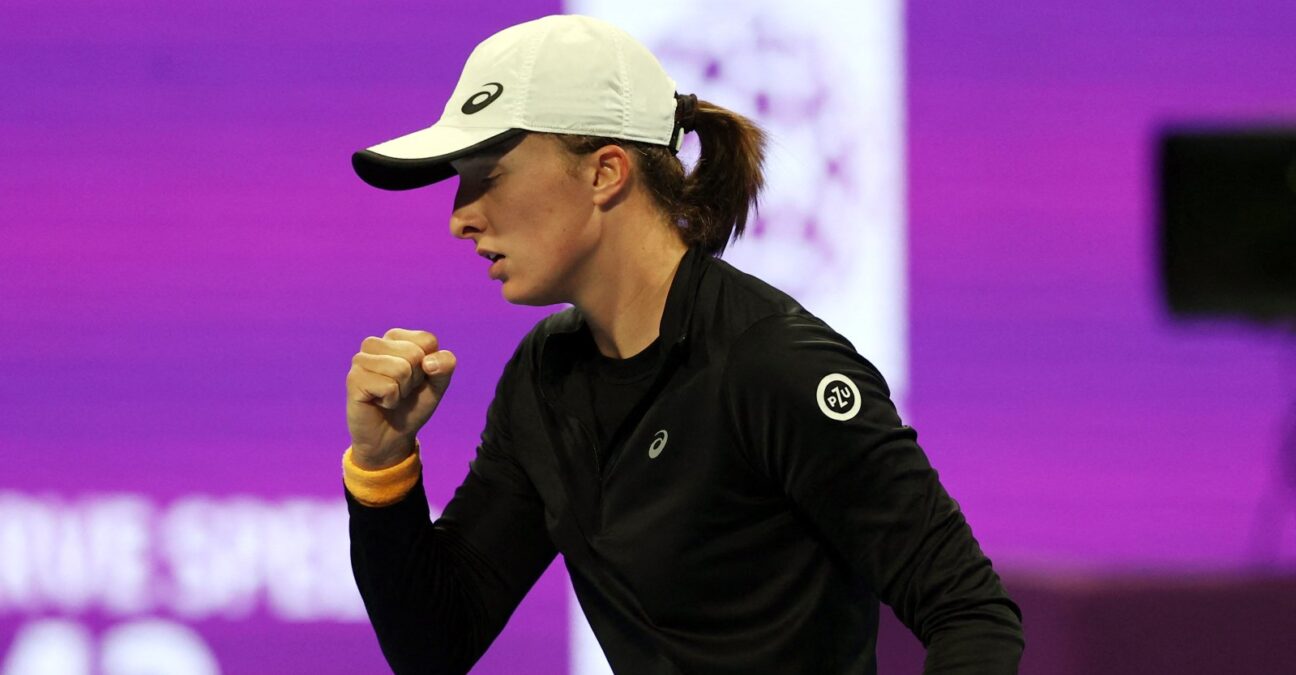
Revisiting Dopey and grumpy: Maria Sharapova and WADA
The independent tribunal appointed by the International Tennis Federation (ITF) recently decided on the matter of a positive drug test at the 2016 Australian Open by Maria Sharapova.
Not surprisingly, the tribunal concluded that under the strict liability requirements of the World Anti-Doping Agency (WADA) Code, Sharapova was at fault for having a prohibited substance in her body even if, as the adjudicators concluded, the breach of rules in this case was unintentional.
A two-year sanction is consistent with that judgement even if, from Sharapova’s perspective, the length of the ban is “unfairly harsh”.
She will now appeal to the Court of Arbitration for Sport in an effort to have the suspension reduced.
Inadvertent positives: managing risk
The ITF tribunal’s report concluded that Sharapova and her entourage had manifestly failed in their duty of care to check whether the substance in question – Meldonium – had been added to WADA’s prohibited list for 2016.
The ITF Tribunal was especially critical of Sharapova’s manager, Max Eisenbud. The Russian-born tennis star had charged him with the responsibility of checking that the numerous vitamins and medicines she regularly consumed were not proscribed by WADA.
Curiously, while the tribunal was incredulous that Eisenbud, an experienced athlete agent with IMG, made only a once-a-year check of the prohibited list, it nonetheless concluded that he did not have the skills to evaluate that document.
This view leaves open the question of who among an athlete’s entourage is best placed to conduct that type of risk assessment. Under the mantra of strict liability, it is the athlete’s responsibility. But are they better equipped to do so than someone like Eisenbud? Despite his role with IMG, he had neither:
… the expertise or qualifications to give advice on whether particular medicines were covered by the PL.
Needless positives: reducing risk
WADA has protocols associated with changing the prohibited list. Meldonium was on WADA’s “watch list” for 2015, based on evidence that this substance was being used by be a significant number of athletes, especially in Eastern Europe where the drug was made and marketed as mildronate.
There was a whopping 3,625 “positive” tests for Meldonium in 2015, with WADA concluding that the substance was being used with an expectation that it enhanced athletic performance.
In September 2015, therefore, it was decided that Meldonium would be added to the 2016 prohibited list. This change, along with others, was communicated to sport federations worldwide, which then connected with athletes via various means – brochures, newsletters, emails and so on. WADA’s website was also utilised, with an announcement that the list had been updated.
Since January 2016 there have been more than 200 positive tests for Meldonium. It is worth wondering whether these athletes, aware of the change to the prohibited list, simply ran the gauntlet; or, if they were guilty instead of a breach of professional standards by failing to undertake an adequate check of alterations to the list.
These questions seem all the more pertinent given that WADA was well aware that a significant body of athletes had been taking meldonium in 2015 (when it was legitimate to do so).
Richard Ings, the former CEO of the Australian Sports Anti-Doping Authority, was enjoined by the Sharapova team to testify at her hearing in London. He made the general point that the volume of meldonium positives in 2016 could have been reduced if sport authorities had communicated directly with athletes found to have the substance in their system during testing in 2015.
The ITF rejected this view, arguing that it did not have access to that information.
But, the ITF might have conceded, WADA certainly had that data. Imagine if this global authority – which is funded by the IOC and governments the world over – had made personalised contact with each of the athletes it recorded as having used meldonium, and confirmed receipt of that communication by way of a signed affirmation?
WADA’s mantra is to protect clean athletes; this ought to include doing its very best to avoid needless positives. Tellingly, this position is asserted by the WADA-funded research team that investigated the prevalence of meldonium at the 2015 Baku European Games:
Given the widespread use of this drug in the athlete population, a global awareness campaign for athletes and healthcare providers highlighting that the drug is now prohibited should be undertaken.
Dopey policy: WADA’s meldonium backflip
WADA performed a policy mea culpa in April 2016 by admitting that it had not undertaken research to clarify how long meldonium stayed in the body.
The manufacturer of mildronate pointed out that, in its opinion, the drug could reside in the body for weeks – if not months. The inference was that athletes could have stopped using Mildronate in the latter stages of 2015, but unwittingly test positive for the drug in early 2016. WADA has now commissioned scientific research to better understand the residual presence of meldonium.
In the meantime, WADA announced that athletes who in 2016 tested positive for meldonium with a threshold below 1 μg/ml would be entitled to pursue a claim of no fault or negligence, but above that (up to 15 μg/ml) athletes were either provisionally suspended or entitled to compete with the threat that any results would be declared null and void if they were later found to be at fault.
Given WADA lacked basic knowledge about the persistence of meldonium in the body, it is difficult to be optimistic that it has now conceived drug thresholds that establish scientifically whether an athlete has a case to answer.
Sharapova, who had legitimately been taking Mildronate for ten years, is reported to have had blood levels of Meldonium “above the norm” in her Australian Open drug test – in other words, beyond WADA’s discretionary “line in the sand”. However, given that Sharapova had already admitted – at her press conference – to having taken Meldonium in 2016, the level in her system was not at issue.
Purposeful or placebo?
Sceptics have questioned whether Mildronate has performance-enhancing effects, even if the drug is perceived by WADA as producing such outcomes.
Athletes like Sharapova have taken the substance for various purposes, including immune deficiency and improved recovery from exercise; it has been assumed to enhance bodily function.
One point that critics overlook is that WADA does not need to prove the efficacy of a banned substance. All it needs to say is that in its opinion a drug or method:
… has the potential to enhance, or does enhance, performance in sport.
This is consistent with the explanation that WADA used in its official statement about the Sharapova case:
Meldonium was added [to the prohibited list] because of evidence of its use by athletes with the intention of enhancing performance.
Whether impactive or a placebo, the drug is banned because it is “thought” to work – not because WADA has proven it does.







